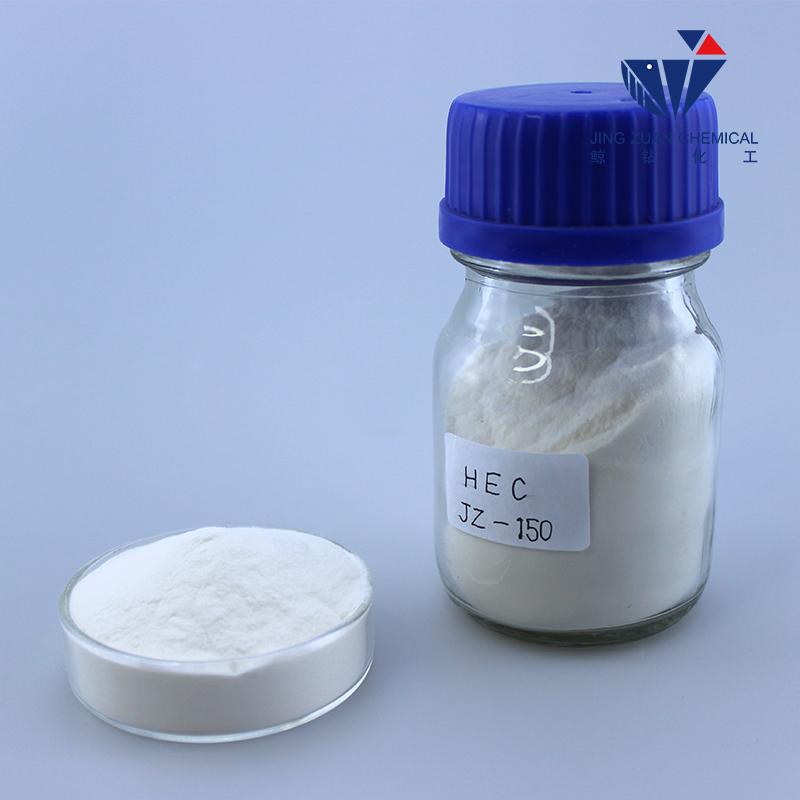
dets. . 24, 2024 15:04 Back to list
redispersible polymer
Understanding Redispersible Polymer Powder Applications and Benefits
Redispersible polymer powders have become increasingly popular in various industrial applications, particularly in construction, paints, and coatings. These fine powders, typically made from synthetic polymers, offer users unique properties that enhance the performance and durability of their products. This article explores what redispersible polymer powders are, their applications, and the benefits they bring to various industries.
What is Redispersible Polymer Powder?
Redispersible polymer powder is a dry powder that can be re-dispersed in water, forming a stable colloidal solution. These powders are produced from emulsion polymers that are spray-dried, allowing the material to be transported and stored conveniently. When the powder comes into contact with water, it rehydrates and returns to its original emulsion form, imparting its unique properties to the final mixture.
The most common types of redispersible polymer powders include polyvinyl acetate (PVAc), styrene-acrylic, and acrylic-based polymers. Each type has distinct properties that make it suitable for specific applications, but they all share the essential ability to provide adhesion, flexibility, and durability when mixed with other materials.
Applications of Redispersible Polymer Powders
1. Construction Materials One of the most significant applications of redispersible polymer powders is in construction materials. They are often added to cementitious products like tile adhesives, self-leveling compounds, and plasters. The addition of these polymers enhances the water resistance, flexibility, and adhesion of these materials, improving their overall performance and longevity.
2. Paints and Coatings In the paint and coatings industry, redispersible polymer powders are used to achieve specific viscosity, adhesion, and durability. They help paint formulations maintain a stable consistency over time and provide better weather resistance. Furthermore, these polymers can improve the overall aesthetic quality of the paint, contributing to smoother finishes and better color retention.
3. Textiles Redispersible polymer powder is also used in the textile industry to enhance the durability and wash resistance of fabrics. The polymers impart better bonding properties, ensuring that dyes and finishes remain intact during washing and wearing.
4. Adhesives These polymers are commonly used in the formulation of adhesives, offering superior adhesion properties, flexibility, and resistance to environmental factors such as humidity and temperature changes. They help create strong bonds between different materials, ensuring long-lasting applications in various sectors.
redispersible polymer

5. Mortar and Render In mortar and render applications, redispersible polymer powders improve workability and adhesion. They allow for better spreading and application, as well as increased resistance to cracking and shrinkage once the material cures.
Benefits of Using Redispersible Polymer Powders
1. Improved Adhesion One of the main advantages of using redispersible polymer powders is the enhanced adhesion they provide. This is particularly crucial in construction materials and coatings where a strong bond to substrates is essential for performance.
2. Flexibility and Durability Redispersible polymer powders contribute to the flexibility of the finished product, making it more resistant to cracking and damage under stress. This durability is especially beneficial in dynamic applications, such as construction and textiles.
3. Water Resistance Many redispersible polymer powders improve the water resistance of materials, making them ideal for exterior applications or areas exposed to moisture. This feature also helps prolong the lifespan of products, reducing maintenance costs over time.
4. Ease of Use The powdered form of these polymers allows for easier handling, transportation, and storage compared to liquid emulsions. Additionally, they can be easily incorporated into formulations without the need for special equipment.
5. Sustainability As industries move towards more sustainable practices, redispersible polymer powders can contribute to eco-friendly formulations. Their use can reduce the overall carbon footprint of manufacturing by enhancing the performance of materials without requiring excessive raw material use.
Conclusion
Redispersible polymer powders are versatile materials that offer substantial benefits across various industries. Their ability to enhance adhesion, flexibility, water resistance, and overall durability makes them indispensable in construction, paints, textiles, and more. As the demand for high-performance materials continues to rise, the use of redispersible polymer powders is likely to expand, paving the way for innovative applications and solutions in the future. Embracing these materials can lead to significant improvements in product performance and sustainability across numerous sectors.
-
Versatile Hpmc Uses in Different Industries
NewsJun.19,2025
-
Redispersible Powder's Role in Enhancing Durability of Construction Products
NewsJun.19,2025
-
Hydroxyethyl Cellulose Applications Driving Green Industrial Processes
NewsJun.19,2025
-
Exploring Different Redispersible Polymer Powder
NewsJun.19,2025
-
Choosing the Right Mortar Bonding Agent
NewsJun.19,2025
-
Applications and Significance of China Hpmc in Modern Industries
NewsJun.19,2025







